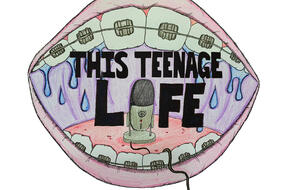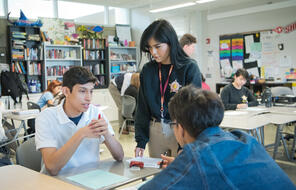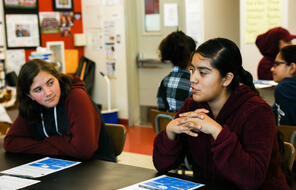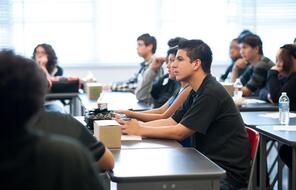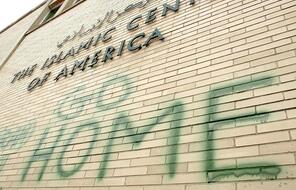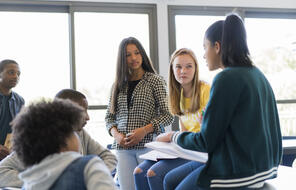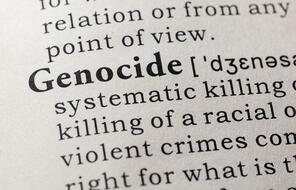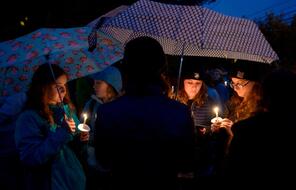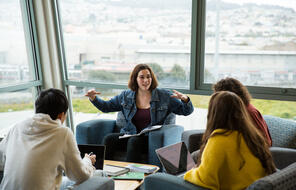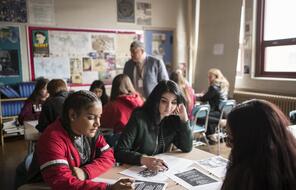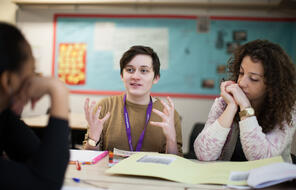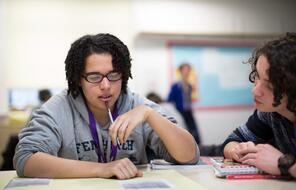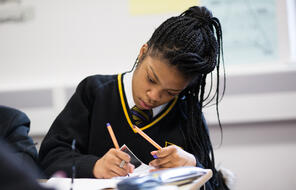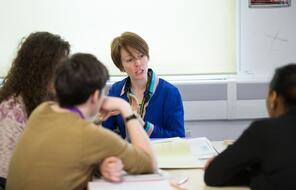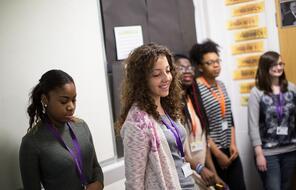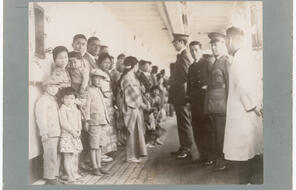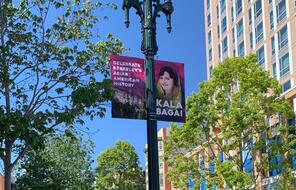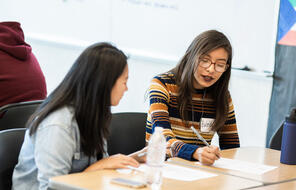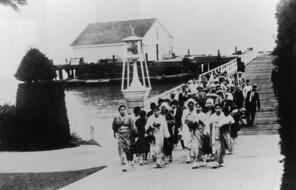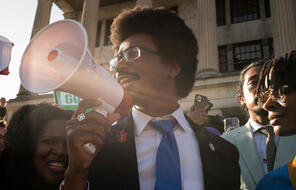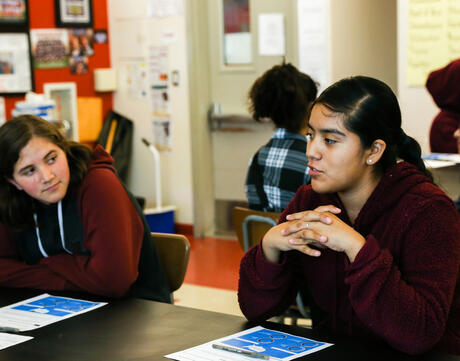
Current Events in the Classroom
At a Glance
Language
English — USSubject
- Advisory
- Civics & Citizenship
- English & Language Arts
- History
- Social Studies
Grade
6–12- Democracy & Civic Engagement
- Global Migration & Immigration
- Human & Civil Rights
- Racism
Overview
About This Collection
Engaging with current events is an essential part of educating young people to be informed and humane participants in society, helping them develop the capacity to examine issues from multiple perspectives and think critically about the world around them.
Our current events collection includes strategies for addressing current events with your students and mini-lessons on topics in the news, which can be adapted to teach in one class period or less.
Preparing to Teach
Inside this Collection
Explore Our Current Events Collections
Unlimited Access to Learning. More Added Every Month.
Facing History & Ourselves is designed for educators who want to help students explore identity, think critically, grow emotionally, act ethically, and participate in civic life. It’s hard work, so we’ve developed some go-to professional learning opportunities to help you along the way.
Exploring ELA Text Selection with Julia Torres
On-Demand
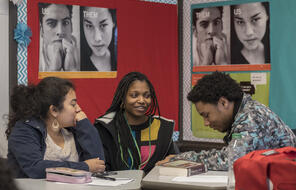
Working for Justice, Equity and Civic Agency in Our Schools: A Conversation with Clint Smith
On-Demand
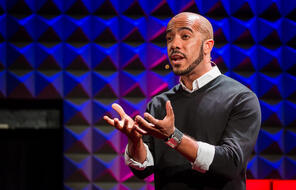
Centering Student Voices to Build Community and Agency
On-Demand
